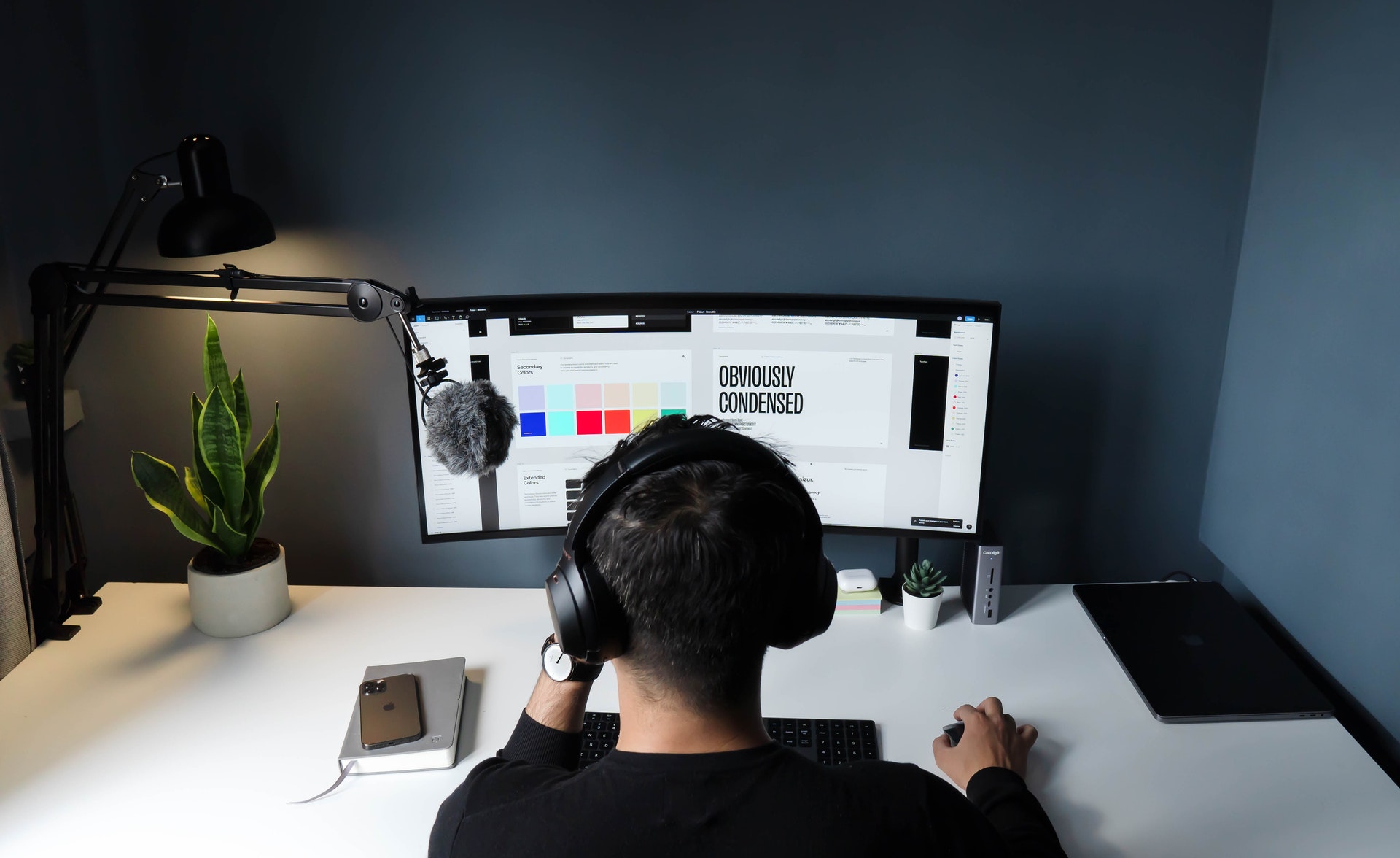
Our ability to craft the user’s experience has changed wildly since the beginning of the worldwide web. Changes in the capabilities of technology and the user’s behavior, wants, and needs have warranted shifts, especially during the recent pandemic.
Here are 49 notable UX/UI statistics around noticeable trends that we’ve used to craft our web design and development strategies.
The Effects of Good UX/UI
- According to a study by Forester, Good UI can raise a website’s conversion rate by up to 200%, while a better UX design can raise the conversion rate by up to 400%.
- Every $1 invested in UX design results in an ROI of between $2 and $100.
- About 74% of visitors will return to a website if it has a good mobile UX design.
- According to Mobify, “every 100ms decrease in homepage load speed worked out to a 1.11% increase in session-based conversion, yielding an average annual revenue increase of nearly $380,000. Additionally, a 100ms decrease in checkout page load speed amounted to a 1.55% increase in session-based conversion, which in turn yielded an average annual revenue increase of nearly $530,000.”
- Websites that load within five seconds have 25% higher ad viewability, 70% longer sessions, and 35% lower bounce rates than slow-loading sites.
- 70% of people look at a list with bullet points, while only 55% look at a list without bullet points.
- 67% of mobile visitors who like the user experience of a website are likely to make a purchase.
- About 85% of adult users believe a business’ mobile page should be as good or better than the desktop version.
- 71% of publishers say content that looks well-organized on mobile devices boosts positive user experience feedback.
- According to Uxcam, 72% will tell six or more people about good experiences.
- Decreasing page load speed from 8 seconds to 2 seconds can boost conversion rates by up to 74%.
Consumer UX/UI Statistics
- About 75% of consumers form an opinion about a website’s credibility based solely on its aesthetics.
- About 59% of people want a stunning website design, compared to 41% that want something simple.
- According to 54% of marketing experts, the biggest obstacle to a good user experience is ad clutter.
- About 79% of consumers want to speak with a human when a chatbot can’t solve their problem.
- Sixty-four percent of consumers want contact information for a business to be easily accessible on the website.
- According to Measuring U, 85% of issues related to UX can be detected by performing a usability test on a group of five users.
The Effects of Bad UX/UI
Mobile/Apps Statistics
- About three-quarters of visitors will not return to a website that is not mobile optimized.
- About 57% of surveyed users said they would not recommend a business with a bad mobile design.
- About 90% of users said they have stopped using an app due to poor performance.
- Customers who have had “a negative brand experience on mobile are 62% less likely to purchase from this brand in the future.”
- Mobile users are 5X more likely to abandon a task if the website isn’t optimized for mobile.
- Security concern is the major reason people don’t buy from mobile e-commerce websites, with 20.2% of users surveyed citing it as the main reason. Other reasons include “not being able to see product details, navigation problems, not being able to browse multiple screens for comparison purposes, and difficulties with data input.”
Website Statistics
- Poor aesthetics is the major reason 52% of users won’t return to a website.
- The second most important reason users leave a website is that they can’t tell what a website does, with 46% of consumers saying they leave a website once they can’t easily tell what a company does.
- About 43% of users will not return to a website with a slow loading time.
- About 40% of people said they would leave a website if it takes more than 3 seconds to load.
Generational UX/UI Preferences
Gen Z
- Gen Z users prefer UX/UI design that is highly personalized and intuitive.
- 70% of Gen Z say they expect websites to know what they want intuitively.
- About 45% say they will leave a website if it doesn’t predict what they want, like, or need.
- Authenticity is also essential for Gen Z, with 82% saying they trust a company more when the photos used on their website are that of actual customers.
- About 77% of Gen Z say they trust a company more when the photos used in their ads are not photoshopped.
- According to Visual Object, “Generation Z seeks an immersive web experience that revolves around open exploration, visual creativity, and rewarding interactions.”
- Gen Z’ers demand flexibility, expecting tech to work on-demand and seamlessly across multiple platforms.
- According to BBVA, Gen Zer’s prefer “apps that are instantaneous, require less personal information, and are visually appealing.”
Millennials
- Millennials are very conversant with technology and have a low tolerance for anything that doesn’t work as it should.
- According to Statista, 54% of millennials say the primary reason they use shopping apps over websites is because of ease of use.
- Millennials expect new design trends to be showcased and are much less forgiving of older designs than older generations.
- Millennials are very visual, with 62% of Millennials “looking for visual search over any other eCommerce technology.”
Gen X
- Gen X users want a pain-free UX experience.
- According to a research paper on Gen X e-commerce preference, the generation rate usefulness and ease of use very high.
- Gen Xers say they find e-commerce stores useful and easy to use, which helps to explain why “56% of Gen Xers preferring to shop online versus in a brick-and-mortar store.”
- Gen Xers online time is purpose-driven, and they prioritize interactions over visual stimulation.
- Gen Xers hate unreliability and slow load time the most in a website.
Baby Boomers
- Baby Boomers prefer simple and easy designs.
- They also do not like to relearn when they are already comfortable with a design.
- Website unreliability is the biggest pain point for Baby Boomers.
- Baby Boomers like to be able to talk to someone when they encounter issues when using a website. Hence, making it easy for them to easily speak to someone is essential.
- Baby Boomers, as well as most generations, rank Amazon’s UX as the best, as shown in the infographic below. Amazon’s UX is text search-driven and offers personalized recommendations based on the user’s previous search.
Built To Convert
We build all of our sites with best-practices in mind. Good design is at the heart of everything we do. In today’s world, if your logo, website, or brochure does not have an appealing aesthetic it will not get the attention it deserves. We’re here to help make sure that every touchpoint you have with a customer stays on brand and looks good while doing it.
Let’s start planning your next website! View our web design and development services.





